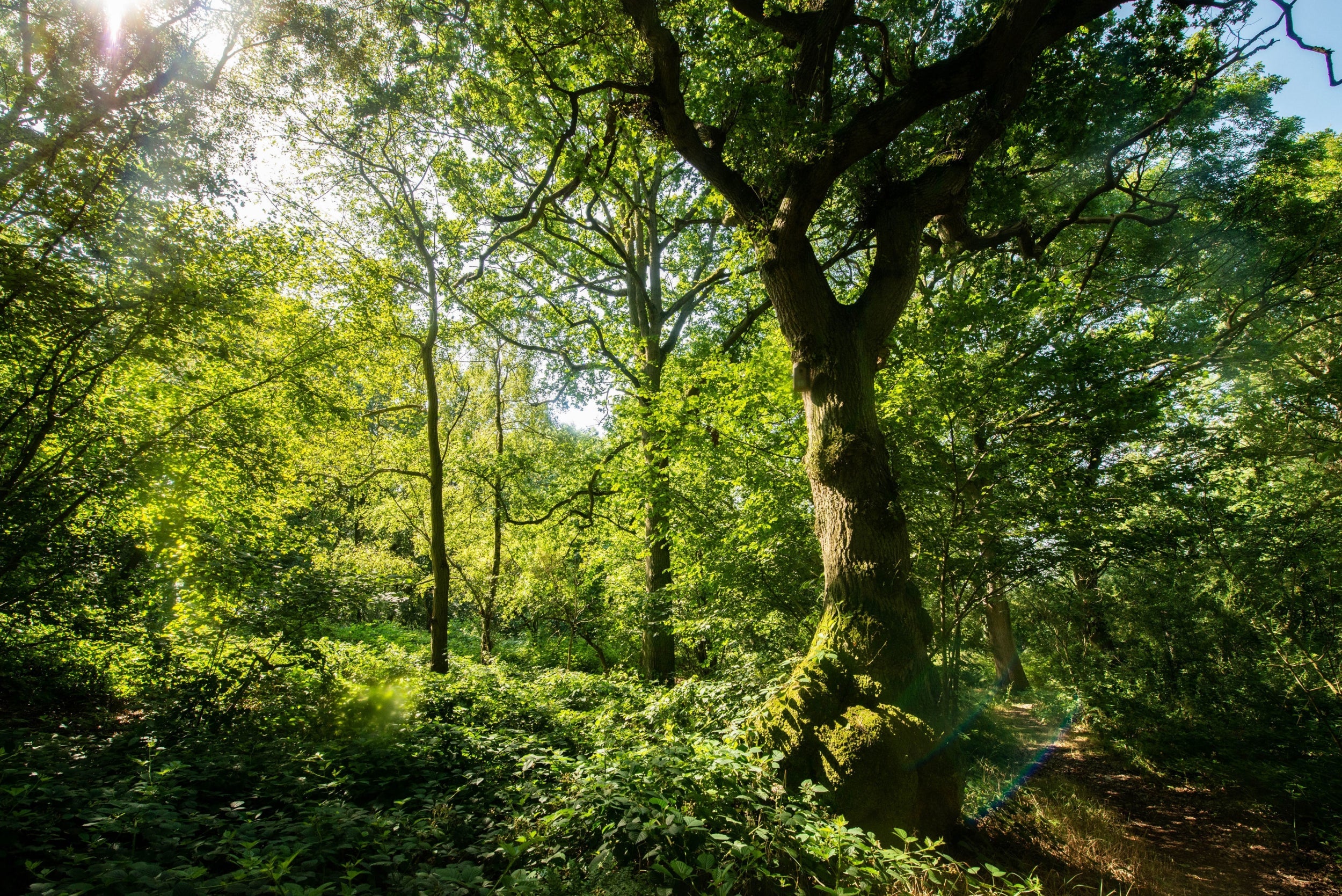Trees are the most powerful, natural tool we have to fight climate change. They deserve our protection
With major woodland expansion needed every year for the next 30 years, this needs to be a long-term commitment from government, writes Darren Moorcroft


Trees eat CO2 for breakfast, but they are much more than carbon sponges with bark. They filter the air we breathe, slow flood waters that endanger our homes and provide safe havens for our wildlife. They are our most powerful natural tool to tackle the climate and nature emergencies we all face. So, the government’s plans for the first ever tree strategy for England must work not just for the climate, but for nature and people too.
The stakes for the England Tree Strategy could scarcely be higher – for all of us. We need a plan for an unprecedented expansion in the country’s woodlands – 1.5m hectares of additional woodland, and possibly much more, by 2050 to have a chance of reaching carbon net zero. Where these trees should go, how they are cared for, managed and protected from deadly imported diseases, are also crucial to discuss.
Frankly, the country is a long way from achieving enough woodland expansion. Despite huge interest in trees and woods, last year just 13,000 hectares were planted in the UK, over 80 per cent of which took place in Scotland. By recent standards, this was classed a productive year. In the face of an emergency, it isn’t.
But trees are more than a numbers game. We need planning so they are part of the landscape, linking and complimenting other habitats, rather than replacing them. Alongside new planting, there must be space for natural regeneration and colonisation so our woods can grow in ways that retain their genetic diversity and allow them to adapt to our changing climate.
It is not just about new trees: looking after the trees and woods we already have is just as important. Ancient woodland over 400 years old is the UK’s most ecologically diverse habitat – the crown jewels of the natural world. But past policy mistakes led to thousands of hectares being cut down and replanted with fast-growing commercial conifers. Amazingly, as these commercial trees are harvested, it is possible for the original woodland to be restored from its surviving remnants, but the number of sites being returned to their former glory is currently woefully small and the window of opportunity short.
Nor are all trees in the countryside. Trees in parks, along roadsides and on residential streets are often the ones people love the most. They also do wonders in terms of filtering the air, creating shade and much more. But many trees face an uncertain future with cash-strapped local authorities lacking the resources to protect and look after them.
Wherever they are, our trees are at risk of deadly diseases imported on trees and other plants. For example, Ash Dieback is now rampant in some parts of the country and is expected to kill up to 90 per cent of our second most common native species.
In light of this, the England Tree Strategy must do several things.
Firstly, we need to plant different types of trees for different purposes, with targets for native woodland, riverside planting, natural regeneration, scrub, trees on farms, hedgerows and more.
We also have to protect and restore existing woods. This includes our looking after our precious ancient woodland, transforming how we protect tree health and growing domestically far more of the trees we plant rather than importing them.
If people don’t connect more with trees, they won’t care. With this in mind, we should provide more public access and new space for nature.
Trees in our towns and cities should be protected properly, giving local authorities the powers and resources to care for them and to include more trees in new development.
Increasing tree cover should go hand-in-hand with creating attractive landscapes that attract visitors and help support tourism. We should strengthen supply chains to support homegrown timber as a sustainable building material and expand our tree nursery sector.
But none of this can happen without government funding. With major woodland expansion needed every year for the next 30 years, this needs to be a long-term commitment.
The England Tree Strategy must set out how trees will help us cut carbon, support nature and wildlife, contribute to more resilient landscapes and better places to live and work. It must enable its words to be turned into meaningful action. Get it wrong and we will all pay the price. Get it right and we will all enjoy the benefits for generations to come.
Dr Darren Moorcroft is CEO of The Woodland Trust
Join our commenting forum
Join thought-provoking conversations, follow other Independent readers and see their replies
Comments